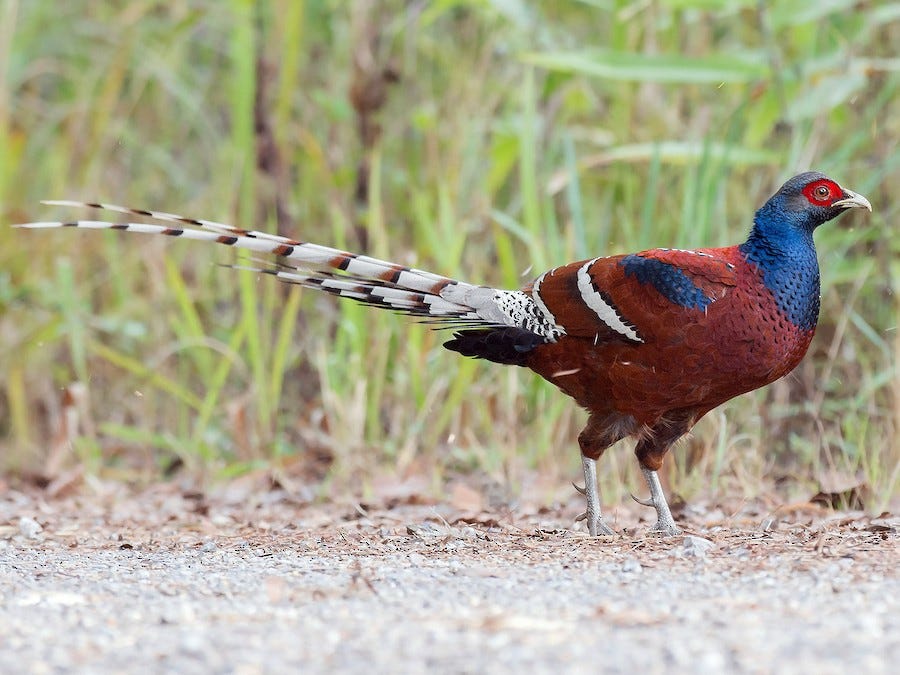Peafowls and pheasants and parakeets, oh my | #204
+ Which Indian artist made an appearance in Taare Zameen Par?
Hello friends,
Global Big Day is an annual celebration of the birds around you and is set to unfold on May 11th. It’s a spectacle that even the most introverted among us can’t help but get a little giddy about. Imagine, for one day, enthusiasts and novices alike, armed with nothing but binoculars and an insatiable curiosity, converging in parks, their necks craning skyward in unison. A day when the world, quite literally, looks up.
We decided to bring some fun facts about Indian birds in this week’s newsletter.
Things we learnt this week 🤓
In February 1963, the Indian Peafowl was selected as the National Bird of India. It is said that it was chosen based on many criteria:
The bird was well distributed throughout the country, making it ‘national’
It was fairly common for people to recognize
There is enough religious and cultural significance.
The first truly national empire in India - the Mauryan empire probably derives its etymology from Mayura-poshaka or peacock tamers. It is said that Chandragupta’s father was a peacock tamer.
But the peacock got involved in the debate over languages. When confronted with the fact that Hindi must be India’s official language, given that it has the most speakers, CN Annadurai said if Hindi should be the official language because it was spoken by a majority, the common crow and not the peacock would have to be the national bird. That reply unfurled a lot of fans!
Allan Octavian Hume - the founder of the Indian National Congress is considered the father of Indian ornithology! AO Hume was the first to describe a species of pheasant that was found in the North Eastern regions of India. He named the species after his wife Mary Ann Grindall Hume and the bird is called Mrs Hume Pheasant. These birds are considered the state bird of Mizoram and Manipur. If you confront this bird, it might just say ‘Talk to the hand!’
This parakeet, native to South India is now quite commonly seen in Europe and Mediterranean countries, and is called the Alexandrine Parakeet. It is named after Alexander the Great, who transported this bird during his conquests from India back to Greece and Europe where they were prized by nobility. Incidentally this bird was first described by French zoologist Mathurin Jacques Brisson as Psittaca Ginginiana or "La Perruche de Gingi" (The Gingi's Parakeet) in 1760 after the town of Gingee in present-day Tamil Nadu, which was a French outpost back then.
From IWTK, with love 💌
Which Indian artist made an appearance in Taare Zameen Par? Know the answer here.
Ever wondered why the Congress party uses the Hand as the symbol?
Quiz Announcement 🎉
The very popular Pop Ki Kamai quiz is back, hosted by QM Sai Ganesh.
📅 Date & Time: Sunday, 12th May | starting at 12 noon
📍 Venue: Razorpay (SJR Cyber), Koramangala
🎟️ On-the-spot registration at the venue from 11:30 AM | ₹300 per team
👥 Teams of up to 4 people
🏆 Prizes for the top 3 teams
Open to everyone!
To warm-up for the quiz, tell us the pop culture reference in today’s newsletter’s title by dropping a comment below!
❤️ IWTK










This newsletter came up today as I was browsing the India section on Substack. Major props to you guys for keeping this going for >200 editions - this feels like a real labour of love. Keep doing your thing!